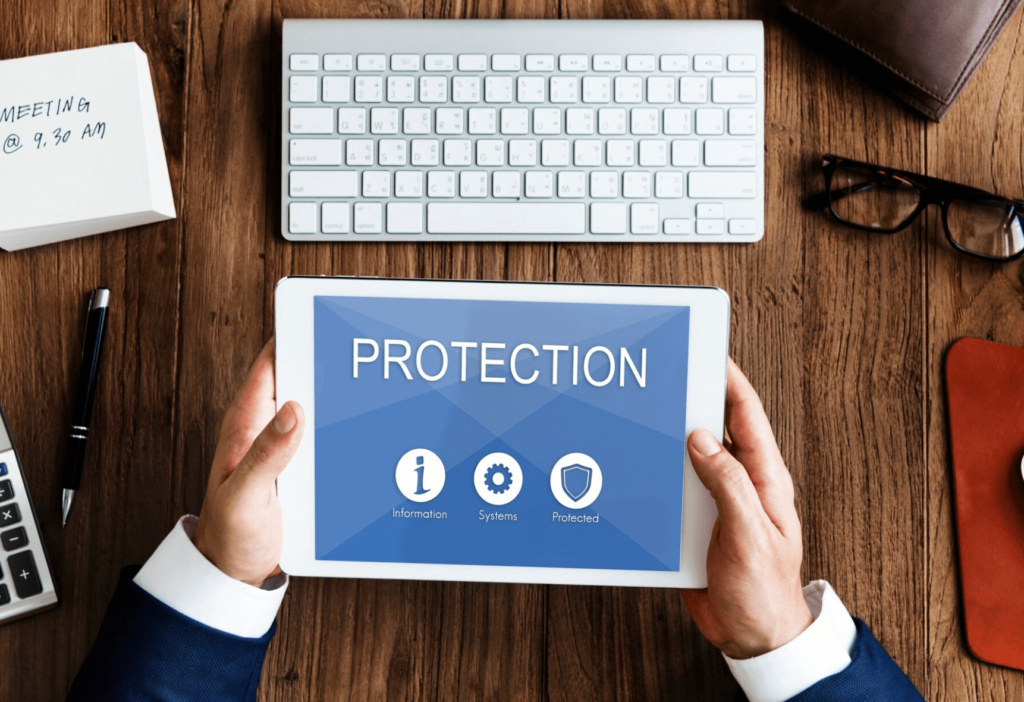Security protocol and labor code: understanding them well!

When it comes to ensuring the safety of mobile professionals, the security protocol and labor code are key elements to understand and implement. In this article, we will explain what this security protocol entails, providing a precise definition, and we will examine who is responsible for its establishment.
- Security Protocol and Labor Code: What Is It?
- Why a Security Protocol?
- The Legal Foundations of the Security Protocol
- Implementing a Security Protocol
Security Protocol and Labor Code: What Is It?
Definition
The security protocol, in the context of the labor code, is an essential document that governs the safety measures to be taken to protect workers, especially those who are frequently on the move. It defines the procedures, rules, and equipment necessary to minimize occupational risks and ensure a safe working environment. The security protocol aims to prevent accidents, protect the health of workers, and ensure their well-being when carrying out their activities in the field.
Who Establishes the Security Protocol?
The responsibility for establishing the security protocol lies with the employer. According to the labor code, the employer is required to take all necessary measures to ensure the safety and protect the health of their employees, including mobile professionals. Therefore, it is their responsibility to design, implement, and maintain an effective security protocol.
However, the development of the security protocol should not be a unilateral initiative by the employer. It is essential to involve employees in the process. Their knowledge and experience in the field are valuable for identifying specific risks in their work and contributing to the creation of a practical and tailored security protocol.

Why a Security Protocol?
- Worker and Public Protection
One of the main objectives of a security protocol is to prevent accidents and occupational hazards. By establishing clear safety procedures and measures, you protect your mobile workers from potential dangers in the field. Additionally, a well-designed protocol ensures the safety of the public with whom you may interact, whether it’s on a construction site, in a temporary office, or at a client’s location.
- Legal Compliance
Labor codes often require the implementation of security protocols to comply with current regulations. By meeting these legal requirements, you avoid potential fines and ensure that your operations are in line with established safety standards.
- Financial Risk Reduction
Workplace accidents can result in significant costs for a company, including medical expenses, compensation, and operational disruptions. A robust security protocol helps reduce these financial risks by minimizing incidents.
- Enhanced Productivity
A safe working environment promotes better productivity. Workers are more likely to focus on their tasks when they feel secure, leading to increased efficiency and improved quality of work.
- Brand Image and Trust
Emphasizing a security protocol demonstrates your commitment to the well-being of your employees and customers. It strengthens your brand image by showing that you are a responsible company, which can enhance the trust of your clients and business partners.
- Emergency Preparedness
By establishing a security protocol, you prepare your company to respond effectively in the event of an incident. This can be essential for minimizing the consequences of an unforeseen emergency situation.

The Legal Foundations of the Security Protocol
In France, the labor code clearly stipulates that the employer is obliged to ensure the safety and health of their employees, including those who are mobile workers. This applies to itinerant professionals who frequently travel as part of their work. Under Article L4121-1 of the labor code, it is specified that the employer must take the necessary measures to ensure the safety and protect the physical and mental health of their employees.
In the context of itinerant professionals, these measures include the establishment of an appropriate security protocol. This protocol must be developed in close collaboration with employee representatives, the Social and Economic Committee (CSE), and, if applicable, the occupational health service. It must also comply with sector-specific guidelines.
The security protocol must be personalized based on the potential risks faced by itinerant professionals. It can include emergency procedures, specific training, the use of appropriate personal protective equipment (PPE), as well as clear guidelines on communication in dangerous situations.
It is essential that the security protocol is:
- Clearly documented,
- Accessible to all employees,
- Regularly updated in line with regulatory changes and identified risks.
Implementing a Security Protocol
- The Importance of Safety
Workplace safety is an absolute priority, regardless of the industry. Your employees may face different hazards, such as:
-
- Frequent road travel,
- Visits to unknown clients or the handling of potentially dangerous equipment. The establishment of an effective security protocol helps minimize these risks and ensure the safety of every member of your team.
- Step 1: Risk Assessment
The first step in developing a security protocol is the assessment of specific risks. Ask questions like:
-
- What potential dangers can your employees encounter during their travels?
- How can you ensure their safety when working with clients?
- What personal protective equipment (PPE) is needed?
- Step 2: Planning and Training
Once you have identified the risks, it is essential to implement appropriate safety measures. This includes planning the training of your teams on safety best practices. Ensure that every team member understands safety procedures, knows how to respond in case of an incident, and has the necessary PPE.
- Step 3: Use of SaaS Solutions
You can leverage Software as a Service (SaaS) solutions to enhance your security. GPS tracking applications, secure messaging services, and task management tools can help improve the safety of your travels and ensure effective communication among team members.
Safety should be your priority to ensure a good working environment for your employees.
- Step 4: Monitoring and Continuous Improvement
Safety is not static. It is essential to continually monitor the effectiveness of your security protocol and adjust it based on new threats or technologies. Regularly seek feedback from your team to identify areas for improvement.
